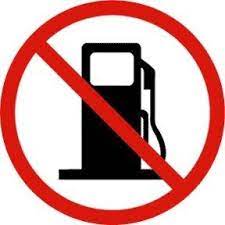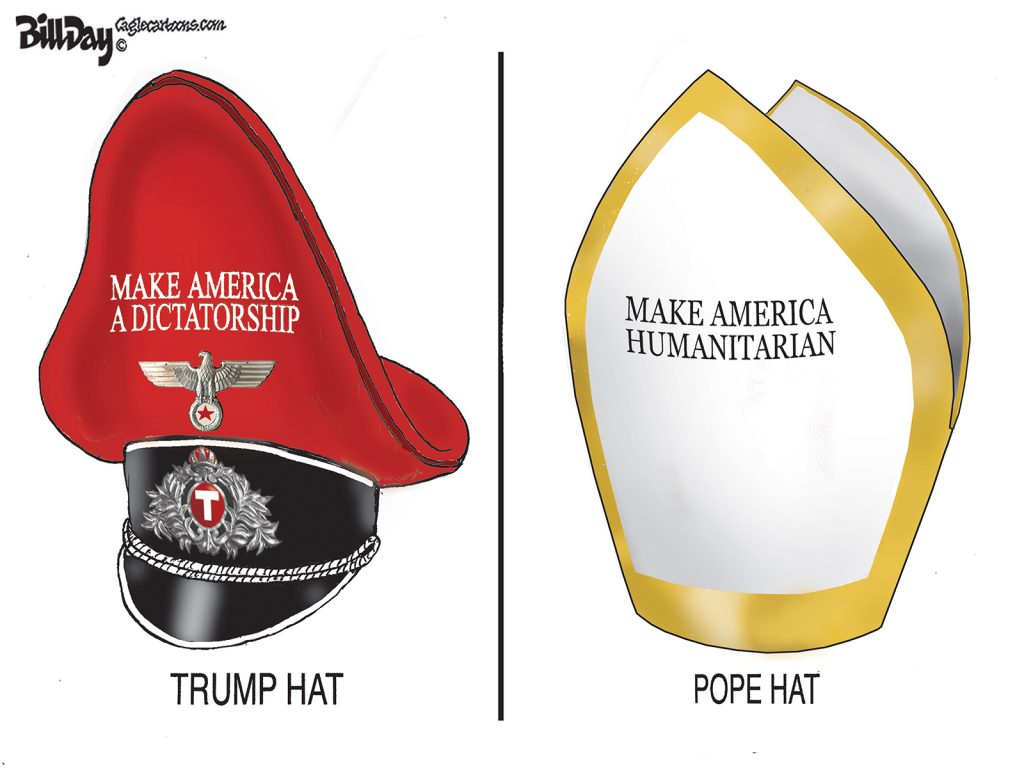Thumbnail: Memphis 3.0 won’t succeed unless all public boards like Land Use Control Board contributes to its success. Office of Planning and Development planners are doing their part, but they can’t do it alone.
***
The Division of Planning and Development was met with skepticism when it released its Memphis 3.0 comprehensive plan.
It’s not like the planners were caught by surprise. They were aware of the lack of confidence they would encounter as a result of complaints over the years that plans were made to be dusted from the shelves where they rested in City Hall.
It’s part of why although Memphis 3.0 was released in December, 2018, it was a year before it was approved by a deeply divided Memphis City Council on a vote of 7-6. In truth, the slender vote was as much about Mayor Jim Strickland as the plan itself.
Seven months before the Council vote in December, 2019, Mr. Strickland signed an executive order that applied Memphis 3.0 to his departments. The Land Use Control Board – which should apply the comprehensive plan to applications before it – had already given the plan its thumbs up.
Council members voting against the plan complained that the mayor had played politics to paint them as deal killers as he pushed hard for passage.
Accelerating Things
It was unexpected and assertive advocacy from the mayor. He was a reluctant convert to the comprehensive plan and before being elected called it Wharton’s plan. The process that ultimately produced Memphis 3.0 was kicked off by former city mayor A C Wharton Jr., who rallied support and commissioned nationally known planner Toni Griffin of Harvard University to develop the framework for it.
At the time, more than 40 years had passed since the last comp plan and the Division of Planning and Development did not even have a comprehensive planning staff (although one has now been created to develop and execute the plan, it deserves more planners).
Although Memphis 3.0 was not a priority for Mayor Strickland when he took the oath of office, by the time of its release, he had become an outspoken cheerleader for it. This too raised suspicions by leaders in some neighborhoods in the core city who asserted that the mayor’s politics made them low priorities.
That said, Mr. Strickland followed up earlier this year with the $200 million Accelerate Memphis program of investments which he positioned as implementation of the 400-page Memphis 3.0.
Cornerstones for the investments are $13.6 million for 34 of the 71 intersections identified as anchors in Memphis 3.0 that will get paving, curbs, benches, new bus stops, and public WiFi; $75 million for improvements divided between more than 125 city parks; $15 million for affordable housing and expanding broadband internet access; $37.4 million for nine large-scale anchors; and several millions for odds and ends for special projects like 100 N. Main Street and Mud Island.
Connecting the Dots (If They Connect)
It’s a significant amount of public money – and a long-overdue investment by the city government in Memphis – but questions remain about how and if the projects are connected in a way in which two plus two will equal more than four and how much the planners in comprehensive planning had a hand in Accelerate Memphis funding targets.
Much of the explanations centered on political spin and even now, it would be helpful for planners, instead of politicians, to present the investment program and explain specifically how each project receiving money advances Memphis 3.0 and the linkages between plan recommendations and funding.
All that is background to the welcome development that OPD planners have no intention of letting this plan go dormant like many previous ones.
There are plenty of cautionary tales. For example, there was once a plan to make it something much more different than what it is today. Before the ink was even dry on the plan, which deplored strip zoning in favor of retail nodes, the Shelby County Board of Commissioners and Memphis City Council approved variations from the plan. As a result, it was DOA.
To complicate things, for several decades, caught between city and county governments, Planning and Development has been forced to round off the corners on recommendations and plans to avoid political backlash.
Support Needed
This is a hopeful moment in time. It appears the Division of Planning and Development may be entering a new era.
Today, planners are making recommendations within the framework of Memphis 3.0. Planners are invoking the plan when taking actions about neighborhoods. Planners’ presentations to Memphis City Council and the Land Use Control Board draw on the principles and the recommendations of the new framework.
Regrettably, the Land Use Control Board – crucial to the success of Memphis 3.0 – recently reverted to its “go along to get along” approach in approving an eyesore and inappropriate use in the form of yet another gas station/convenience store, this one at Sam Cooper Boulevard, Tillman Street, and Broad Avenue.
Planners recommended against approval and cited a number of concerns that were left largely unresponded to. An architect on the Board seemed to carry the water for the applicants, praising them for talking to Binghampton residents as if in checking that box, all other boxes should be ignored.
An Inappropriate Use
Those other boxes left unchecked, as reported by the Daily Memphian’s star reporter Tom Bailey included the following:
– That the C-store’s gas pumps could degrade an area of Binghampton where just recently Collage Dance Collective built its ballet school, a nonprofit community organization built a new retail center, and a craft brewery opened;
– That the City Council is already so concerned Memphis may have too many gas stations per capita that, for now, any proposed new gas station must receive Council approval whether zoning already allows gas pumps or not;
– That’s there’s a Valero C-store/gas station directly across Broad from the site;
– And that drawing cars onto the property could endanger cyclists using the Hampline, the city’s signature bike lane that borders the site’s north and east sides.
The planning staff’s report cites statistics showing that Memphis already has many more gas stations per capita than peer cities, all municipalities in Shelby County except Millington, and more than the national average.
Failure To Fulfill Public Responsibility
In failing to respond to these specific concerns, members of the Land Use Control Board failed in their duty to explain to the public why this project’s potential negative impact on Broad Avenue Arts District is worth it.
While the responses from the Land Use Control Board may not have changed their approval, it would put their attitudes and opinions on the record as Memphis pursues the promise of Memphis 3.0. After all, the public deserves to know if they are going to be a contributor and partner to the comprehensive plan’s momentum or whether they will be obstacles to its success.
Voting aye for this project was not enough. Members of a board as important as the Land Use Control Board should be required to address each of the recommendation’s concerns. Anytime board members choose cars over community, the public deserves an explations.
Hopefully, this shun of the planners’ professional opinions by the Land Use Control Board will not deter the planners’ continued push to turn Memphis 3.0 from words on a page to a living, breathing blueprint for the Memphis. To this end, Mayor Strickland should evaluate the members of every board that needs to be a partner in Memphis 3.0 to make sure they are fully on board.
Finally, here’s hoping the urban pioneers of the Broad Avenue Art District won’t take this as yet another slap in their faces after all their hard work to turn this once declining retail district into an interesting, eclectic, and fun arts district. After having their voices ignored on several occasions – whether about outsized apartment complexes or gas stations – they could be forgiven to say, screw this, I’m moving to a city that appreciates us.
In other words, it’s time for them to get the thanks they deserve rather than the approval of more projects to spoil the sense of place they have created.
Words for the Wall
In the meantime, someone should post a sign in the meeting room where the Land Use Control Board meets with this quote from Memphis 3.0:
“A city exists for the people who call it home. The character and quality of the places where those people live, work, play, and gather play a large role in the quality of the lives lived there. The Memphis 3.0 Comprehensive Plan lays out a vision for how Memphis and the diverse places within it will evolve during its next century.
“This vision supports places that are safe, beautiful, and accessible, and which offer opportunities for learning, livelihood, investment, and community. It is these places that can improve the lives of the people who inhabit them. Different places fill different roles in the lives of Memphians, but taken together, the palette of places found in Memphis defines the physical character of the City and provides the settings for daily life in the City they call home.”
***
Join us at the Smart City Memphis Facebook page for daily articles, reports, and commentaries relevant to Memphis and the conversations that begin here.




